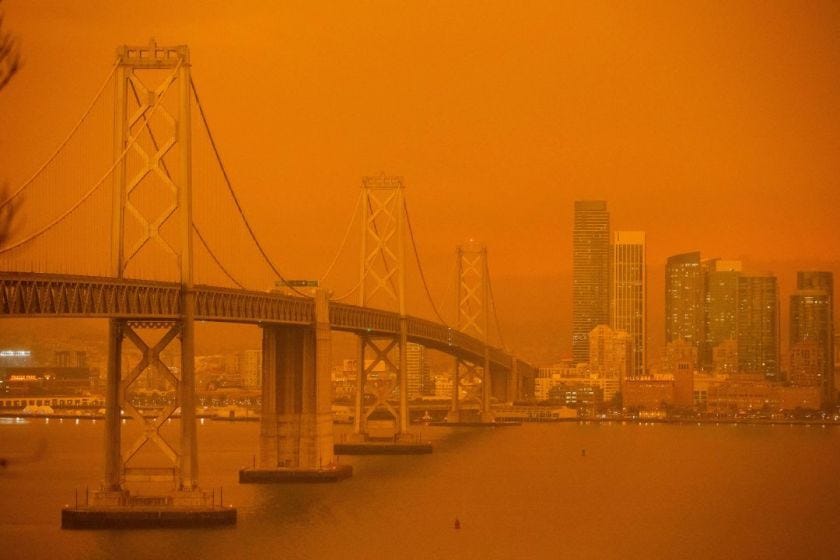The Climate Clock, 7 Years to Educate the World
Ahead of the current NYC climate week, advocates in the Big Apple have unveiled an eye opening ‘Climate Clock’ providing a strong statement to the government. “The clock is a way to speak science to power,” project co-founder Andrew Boyd said in a statement.
The clock takes the place of the famous ‘Metronome’ digital time display. Instead of showing the time, the Climate Clock predicts the time humans have left on the planet before an impending environmental disaster; currently at 7 years, 99 days and 23 hours.
The Clock is a timer, counting down how long it will take at current rates of emissions to burn through our “carbon budget” — the amount of CO2 that can still be released into the atmosphere while limiting global warming to 1.5°C above pre-industrial levels. This is our deadline, the time we have left to take decisive action to keep warming under the 1.5°C threshold. Simply put, energy from renewable sources must be used to lower the carbon count in the air and extend the time on the clock.
This clock follows the methodology of the carbon clock made by the Mercator Research Institute on Global Commons and Climate Change (MCC) which uses data from the recent IPCC Special Report on Global Warming of 1.5°C. The report states that starting from 2018, a carbon dioxide budget of 420 Gt of CO2 gives us a 67% chance to stay under 1.5°C of warming.
The project was unveiled in Union Square in New York following other global events. It is targeted at Governments globally in an effort to force them to take swift action in reducing greenhouse gas emissions and undertake a bold transformation of the energy system and economy. The need for a statement such as this is particularly evident in the United States. Historic wildfires in western states and slow moving hurricanes resulting in floods on the gulf coast has proven the need for change in 2020.

A miniature version of the clock is worn by Greta Thunberg as a reminder of the impacts humans are making on the environment. Fortunately, climate science and education is now much more predominant in schools and curriculums globally. Children today have a much better understanding of the effect that humans are having on the environment and how they as the future generation can not only lessen their carbon footprint but understand how development of new technologies can help us reach our goal of a sustainable society. Out of schools, there are plenty of teachers offering further tuition to broaden a child’s mind.
With increased effort spent on lowering individual carbon footprint, people are grateful for the education schools and universities are providing. Science, Geography and PSHE classes in the UK all offer advice to reduce one’s carbon image. A search for greener technologies has created environmentally focused students hungry to make a difference.
To learn about the planet’s climate needs and rediscover your interest in science, check out our experienced tutors and interactive online tuition classes at Sherpa.




Comments
Post a Comment